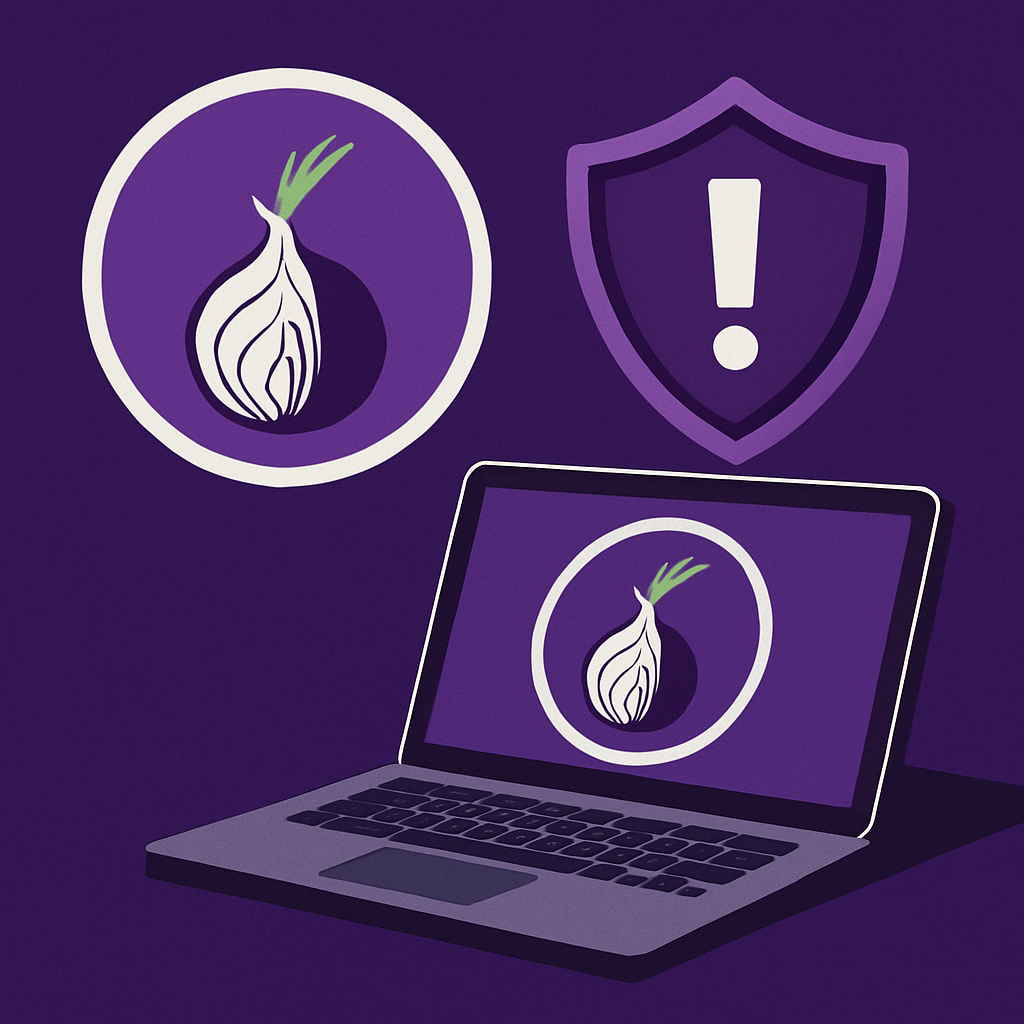Tor Browser 14.0.9: Critical Security Updates You Need to Know
Tor Browser 14.0.9 didn’t launch with bells and whistles—but it patched key security and privacy issues under the hood. Here's a clear, no-fluff breakdown of what got fixed, why it matters, and how it affects you.

Tor Browser 14.0.9 is live. If you just skimmed the release notes, you probably walked away with: “Some Firefox fixes, a Tor update, and something about surveys.” But if you're actually using Tor to stay anonymous, get around censorship, or protect sensitive comms then yeah, you should know exactly what changed. So let's break it down.
Firefox ESR 128.9.0: Quietly Crucial
This update rebases the entire browser on Firefox ESR 128.9.0, which brings in all the upstream security fixes from Mozilla. What does that mean in real terms?
Most of Firefox's security patches don't make headlines, but they often plug serious holes think sandbox escapes, memory leaks, and things like use-after-free vulnerabilities that allow attackers to run code on your machine just by getting you to visit a page.
Tor rides on Firefox’s codebase, so every ESR bump is a security reset. If you’re not updating, you’re essentially browsing with last month’s holes.
Tor Core Update: 0.4.8.16
This version bumps the Tor daemon to 0.4.8.16. That patch includes some important backports, including fixes to:
- Guard selection (which entry node you pick first),
- Circuit-building stability,
- Improved handling of relays that misbehave or go offline mid-connection.
In plain terms? It’s about making your path through the Tor network more reliable and harder to fingerprint.
Securedrop Onion TLD Fix (#43580)
This is niche, but meaningful: the browser now avoids treating au.securedrop.tor.onion like it ends in a public top-level domain (like .com or .org). Why does that matter? Because browsers enforce security policies like cookie isolation and same-origin checks based on domain levels. This tweak prevents bad assumptions about how .onion sites are structured tightening privacy protections for sensitive destinations like SecureDrop.
Survey UX Changes (43552, 43553, 43578)
Desktop and Android versions now include updated banners for the Tor user survey, with localization (“Dismiss” translated properly), and improved UX. No, this doesn’t affect core security, but it helps the dev team get better feedback especially from users in regions where Tor is mission-critical.
Snowflake & Lyrebird Upgrades (41399, 41407, 41410)
Snowflake, Tor’s censorship-busting tool that lets people turn their browser into a bridge for users in restricted countries, got bumped to v2.11.0. Lyrebird used to obfuscate traffic and help users blend in also got updated to v0.6.0.
On Android, the team made sure Lyrebird is referenced correctly in build scripts, tightening consistency across platforms.
Why should you care? These upgrades improve how Tor evades blocking and makes your traffic look more “normal” to nosy ISPs and governments.
Build System Cleanups (41375, 41378, 41384)
Some tech-debt got paid off here:
- Obsolete support for migrating old architectures and languages was removed.
- Locale handling for update responses was modernized.
- OpenSSL hash file formats were brought up to date.
- Commit structure for platform updates was made clearer.
This backend work won’t be visible to you but it helps keep the code maintainable, which in turn makes future security updates faster and more reliable.




